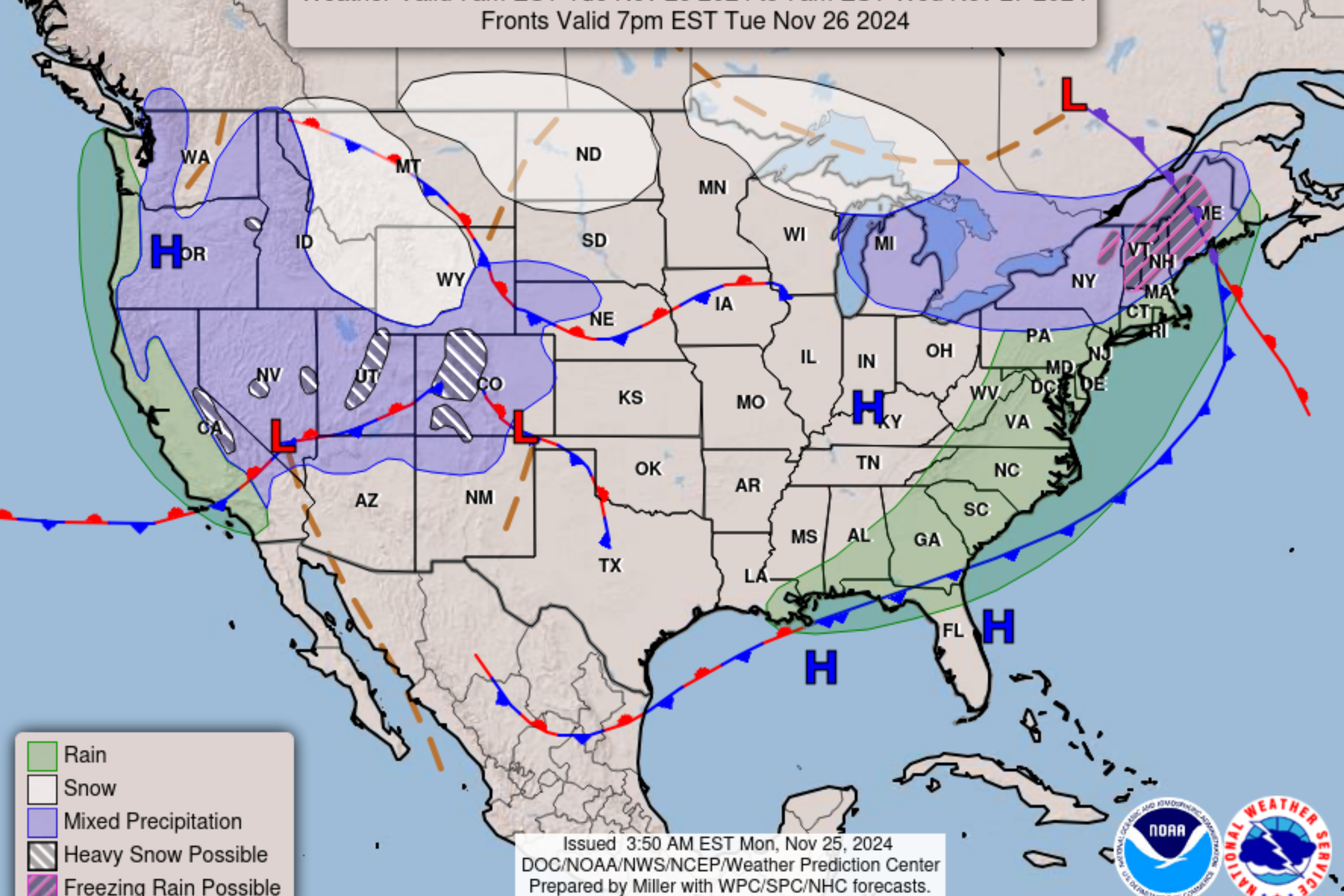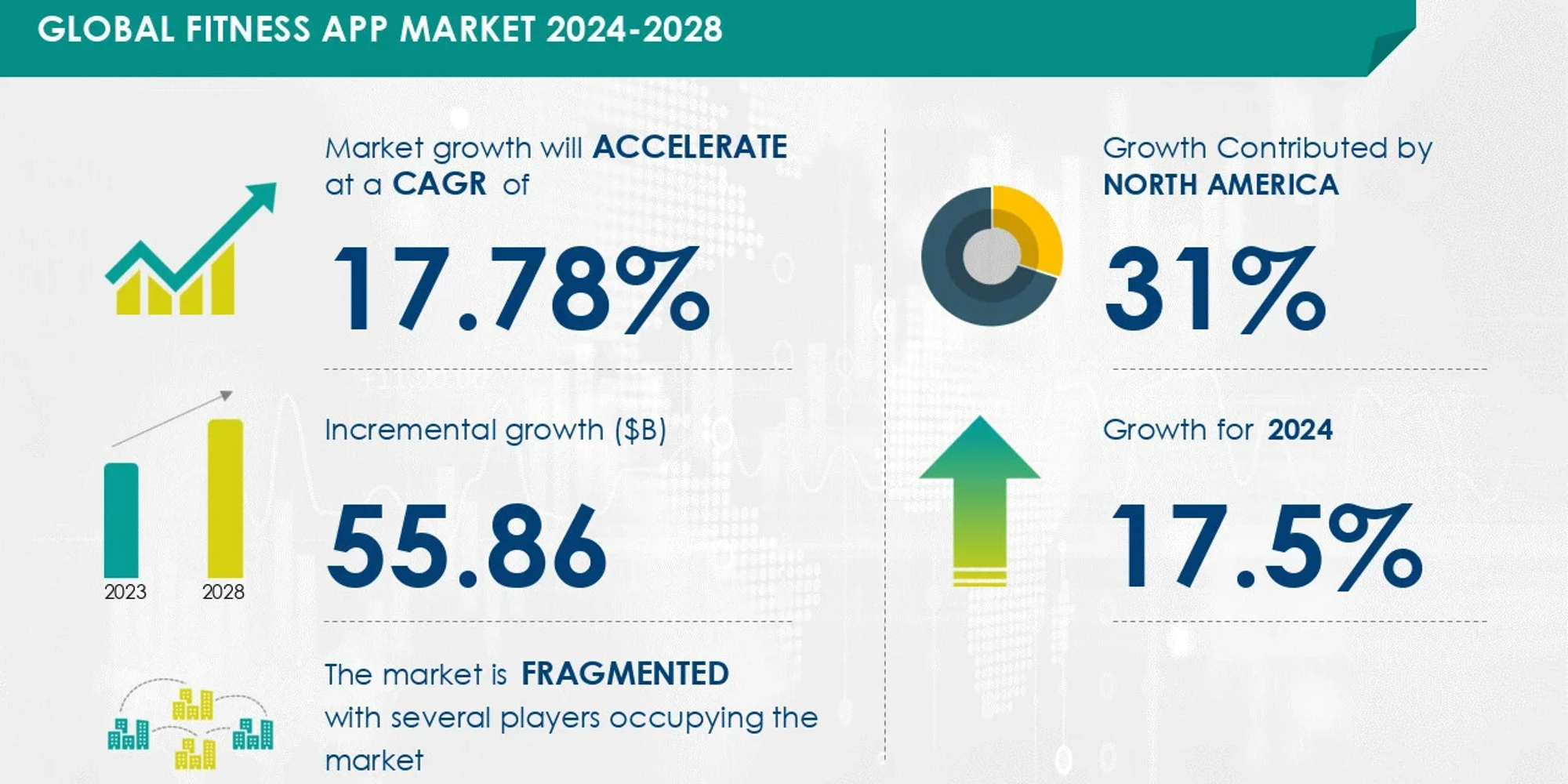Fashion
Fashion Remains Cautious on President-elect Trump While Wall Street Celebrates

Wall Street gave a hearty welcome back to Donald Trump — but fashion is still cautious.
The Dow Jones Industrial Average shot up 3.1 percent, or 1,313.92 points, to 43,535.80 on Wednesday morning after Trump beat out his Democratic challenger, Vice President Kamala Harris, to return the White House to Republican hands in January. Fashion stocks joined in some of that rally. Among the gainers were Signet Jewelers, up 5.5 percent to $96.70; Capri Holdings, 4.7 percent to $21.49; Lands’ End Inc., 3.8 percent to $16.87, and Macy’s Inc., 3.4 percent to $15.84.
But the fashion industry was much more muted. Designers often have more liberal social leanings, and were very much on Team Kamala, donating to her campaign and rallying in New York with First Lady Jill Biden to get out the vote.
Fashion was taking a cautious stance Wednesday morning.
“A new administration and its policies can significantly impact the trajectory of American fashion,” said Steven Kolb, chief executive officer of the Council of Fashion Designers of America. “If the first Trump administration provides any indication, there could be shifts in trade and tariffs, impacting the cost of imports, which will be felt at the consumer level. Manufacturing and labor policies could also influence production and impact supply chains and workforce.
“The industry’s climate goals could be challenged with less attention to the environment,” Kolb said. “We must remain adaptable and committed to creativity, diversity and resilience while supporting designers in this changing landscape.”
Beyond Trump’s love of tariffs as a kind of catch-all tool for managing international relations, the president-elect is seen as more business friendly, supporting lower taxes and fewer regulations. But his “America First” agenda and chaotic governing style were causing some indigestion overseas, where investors were trying to gauge what comes next from the norm-shattering Trump.
The DAX in Frankfort fell 1.1 percent to 19,052.06 while the FTSE in Milan slipped 1.4 percent to 33,998.29 and the FTSE 100 in London declined 0.1 percent to 8,160.84. In Hong Kong, the Hang Seng dropped 2.2 percent to 20,538.38.
During his first term as president, Trump took an often confrontational stance on the international stage and was quick to threaten big tariff hikes on goods from other countries, which importers say ultimately increase costs for consumers.
Just before the election, the National Retail Federation said Trump’s tariff proposals could cause American consumers to lose between $46 billion and $78 billion in spending power annually. Among the president-elect’s proposals are a universal 10 percent to 20 percent tariff on all imports and an additional 60 percent to 100 percent tariff on goods from China.
For fashion specifically, the NRF estimated that under Trump’s proposed tariffs, consumers would pay $13.9 billion to $24 billion more for apparel.
On Wednesday morning, Matt Shay, NRF chairman and CEO, tried to drive the point home.
“Effective trade policies will increase America’s competitive advantages in research, development and innovation and will protect strategically critical infrastructure while increasing the standard of living and quality of life for all Americans,” Shay said. “However, the adoption of across-the-board tariffs on consumer goods and other nonstrategic imports amounts to a tax on American families. It will drive inflation and price increases and will result in job losses.”
Trump has heard that argument before and during his first term did not seem to be overly swayed by it.
But at the same time, Shay reached out to the incoming president.
“The retail industry stands ready to work with President-elect Trump and Congress to enact tax, trade and regulatory policies that make America more competitive, increase domestic investment and create jobs,” he said.
Neil Saunders, managing director of GlobalData, said Trump’s “victory brings a mixed bag of positives and negatives, with a large dose of uncertainty.”
While tariffs are the “huge downside” to Trump’s win for retail, Saunders pointed to other policies the industry could welcome.
“The main positive for retail is that President Trump will almost certainly renew the tax cut package he introduced during his first term in 2017, which was due to expire at the end of 2025,” Saunders said. “This will be broadly helpful to consumer incomes, although retailers should not expect to see a surge in spending as it is about rolling over an existing policy that is already baked into consumer behavior.”
Additionally, Trump has said that the corporate tax rate should be lowered, a move that would help retailers invest more in their businesses, Saunders noted.
Trump is also expected to be more favorable to corporate takeovers than has been the case under President Joe Biden, whose administration stepped in to block Tapestry Inc.’s $8.5 billion deal to buy Capri Holdings.
But Saunders said that all of Trump’s changes won’t come all at once.
“Despite the shock change, it should be noted that changes happen at the margins and occur over time,” he said. “A second Trump administration will not collapse retail, nor will it propel it to dizzy heights. It will simply change the gradient of the trajectory and the tonality of the policies retailers need to deal with.”









